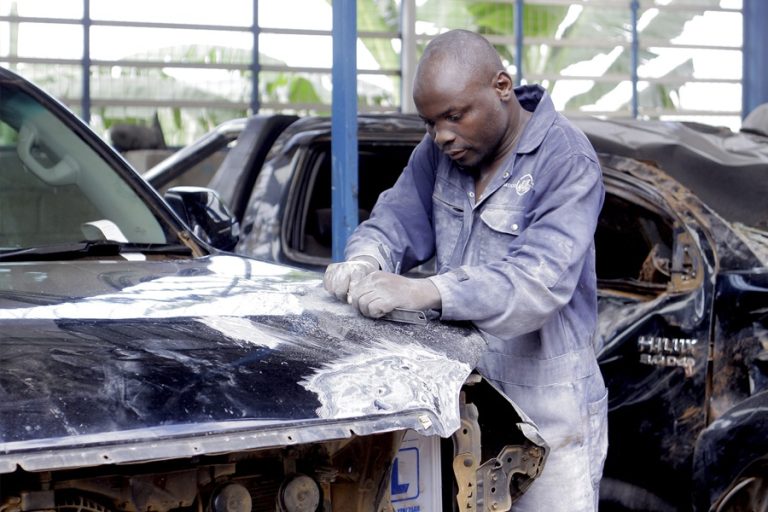Power seats offer unparalleled comfort and customization in modern vehicles, allowing drivers and passengers to fine-tune their seating position with ease. However, these intricate systems, relying on a complex network of motors, gears, and wiring, are prone to issues. While some minor problems might be addressed with a simple DIY approach, recognizing when a professional power seat service is necessary is crucial to avoid further damage and ensure safety.
Persistent Motor Malfunctions: Beyond a Simple Fuse
One of the most common signs that professional help is needed involves persistent motor malfunctions. If your power seat is exhibiting intermittent movement, struggling to adjust in one or more directions, or making unusual grinding or clicking noises, it’s a strong indication of a deeper problem. While checking the fuse is always a good first step, repeated fuse blowing or continued malfunctioning after replacement points to a potential short circuit, a faulty motor, or a gear that’s become stripped or damaged. These issues often require specialized tools and diagnostic equipment to pinpoint the exact cause and perform a proper repair or replacement by the Auto Repair in North Royalton, OH based service.
Electrical Gremlins: A Tangled Web of Wiring
Power seats rely on a complex wiring harness to transmit power and signals. When you experience multiple, seemingly unrelated electrical issues affecting your seat, such as the seat heater failing to operate alongside improper seat movement, it’s likely indicative of a wiring problem. Diagnosing these “electrical gremlins” requires a thorough understanding of automotive electrical systems. Professionals possess the expertise to trace wiring diagrams, identify shorts or open circuits, and repair or replace damaged wiring effectively and safely, preventing further electrical hazards.
Framework and Mechanical Issues: Structural Integrity at Stake
Beyond the electrical components, the mechanical framework of the power seat can also experience issues. If you notice excessive rocking or instability in the seat, or if the seat seems to be misaligned, it could indicate a problem with the seat frame, track, or adjustment mechanism. These structural issues can compromise the seat’s safety and performance, potentially increasing the risk of injury in an accident.
Airbag System Integration: A Critical Safety Component
Many modern vehicles integrate the airbag system with the power seat, using sensors to determine occupant position and adjust airbag deployment accordingly. If you suspect an issue with your power seat impacting the airbag system, it’s absolutely essential to seek professional service immediately. Any tampering with the airbag system by untrained individuals can have serious consequences, leading to improper airbag deployment in an accident, or even accidental deployment during routine use.
Diagnostic Trouble Codes (DTCs): The Language of Your Car
Modern vehicles employ a complex system of sensors and computers that monitor various functions, including power seat operation. When a problem arises, the system often generates Diagnostic Trouble Codes (DTCs) that can be read using a specialized scan tool. If your vehicle’s check engine light is illuminated, or if you notice a specific warning light related to the seat or airbag system, it’s crucial to have a professional diagnose the codes and identify the underlying problem.


Comments are closed.